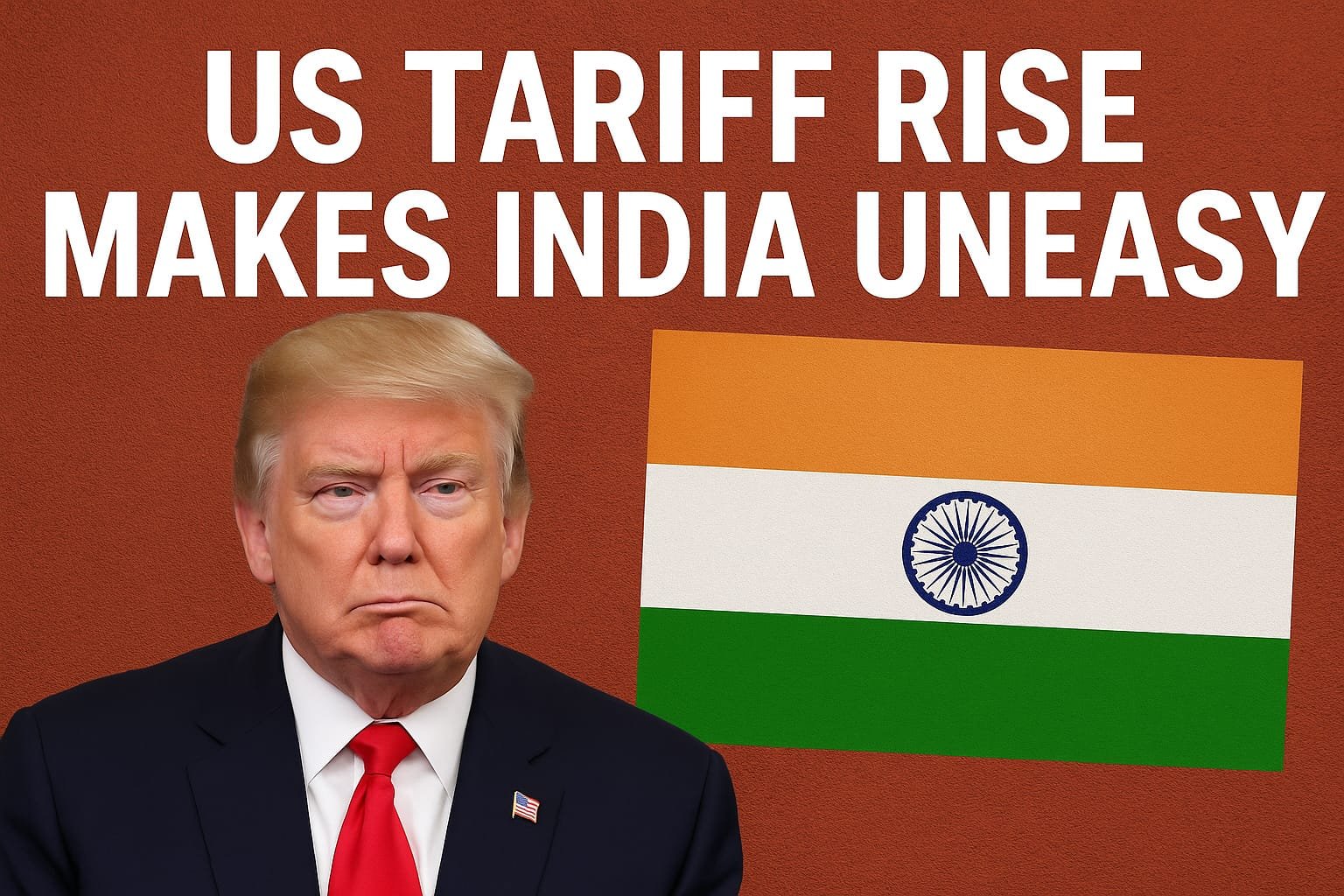
In a fresh move that has left global markets shaken and India on edge, United States President Donald Trump, has imposed 25% tariff on Indian exports. This decision, announced in late July and set to take effect from August 7, 2025, is a sharp escalation in Trump's ongoing trade war with countries around the world. India, which once enjoyed special trade privileges, now finds itself facing a steep wall of tariffs and a growing list of export restrictions.
This action by the US government is part of a wider strategy to realign global trade. It aims to pressure countries into new negotiations and restricts access to American markets for those not aligning with its current trade priorities. For India, this tariff hike could not have come at a worse time. The tariff will affect about $30 billion worth of Indian goods, including vital sectors such as pharmaceuticals, electronics, textiles, agriculture, and engineering goods. These are sectors that support millions of jobs and are crucial to India’s economy.
Trump’s decision appears to be triggered by India’s purchase of discounted oil from Russia and its resistance to opening up certain domestic sectors for American firms. Though these are part of India's sovereign decisions, the US has responded with a punitive tariff policy. Earlier trade tensions had already resulted in a withdrawal of India’s Generalized System of Preferences (GSP) benefits in 2019. But the current move is far more aggressive, placing India in the same bracket as nations like Kazakhstan, Tunisia, and Moldova which also face 25% tariffs.
The news of the tariff sparked panic in financial markets. Stocks in India and across Europe fell, and investors became increasingly nervous about what would come next. While the White House tried to justify the move as an attempt to protect American industry and jobs, critics both within and outside the US warned it would hurt global trade and may even backfire by raising prices for American consumers.
India’s response, though diplomatic, shows concern. The Indian government said it has overcome challenges before and will continue to engage with the US to preserve the strength of bilateral ties. External Affairs Ministry officials stressed that both nations have agreed to drive their strategic partnership forward. However, India is not sitting idle. The Centre is quickly redrawing its trade map to reduce dependence on the American market. According to government sources, India is working on multiple fronts to tackle the crisis.
One of the major steps includes expanding trade with other countries such as the United Kingdom and the European Union. India recently signed a Free Trade Agreement with the UK and hopes to close a similar deal with the EU soon. These steps could help Indian exporters find alternative markets and reduce the blow of US tariffs.
Another strategy is to strengthen trade ties with Southeast Asian nations like Vietnam and Indonesia. These countries have managed to negotiate more favorable trade terms with the US. For example, Indonesia’s tariff has been cut from 46% to 19%, and Bangladesh, a strong competitor in textiles, has a much lower duty rate of 20%. By learning from these examples, India plans to close its competitiveness gap and protect key industries.
The Indian government is also holding meetings with export promotion councils and manufacturing associations to discuss new policies. Sector-specific incentives and support measures are being considered to help exporters manage the impact. The US tariff has especially hit sectors such as pharmaceuticals ($15 billion in exports), electronics ($11 billion), petrochemicals ($4 billion), and engineering goods ($10.91 billion), all of which are vital to India’s growth.
The current scenario is also affecting the logistics of trade. The 25% tariff will apply to any goods arriving in the US after August 7. Goods that were already shipped before this deadline will only face a 10% tariff. This has led to a rush to clear shipments before the cut-off date, creating chaos in ports and customs.
From a legal perspective, Trump’s use of a 1977 emergency law to enforce these tariffs is also under scrutiny. Critics say the law was never meant to be used for long-term economic policy, and several appeals have been filed in US courts to challenge the legality of this action. The uncertainty around the legality of these tariffs only adds to the confusion faced by businesses across both countries.
This episode highlights the growing unpredictability in global trade. For India, it is a signal to diversify its markets, strengthen internal industries, and reduce dependency on any single nation. For the global community, it raises concerns about how powerful economies can use tariffs as weapons in economic battles. The rise in US tariffs against India is not just an economic action but a political signal, showing how tightly interlinked global diplomacy and trade have become.
As the August 7 deadline nears, the world will be watching how India adapts and how this decision will shape the future of India-US relations. One thing is clear—this is a moment of challenge, but also one of opportunity for India to reshape its trade policy in a more independent and balanced direction.


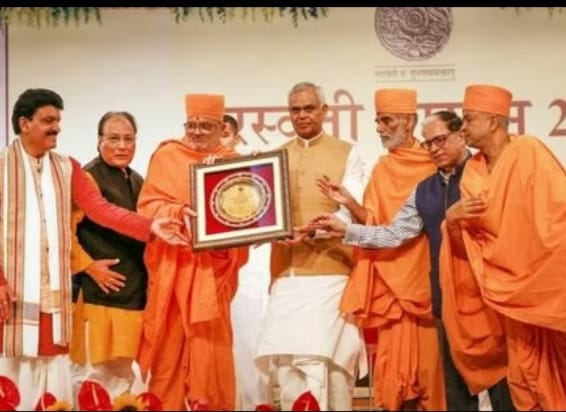
.jpeg)


.jpeg)


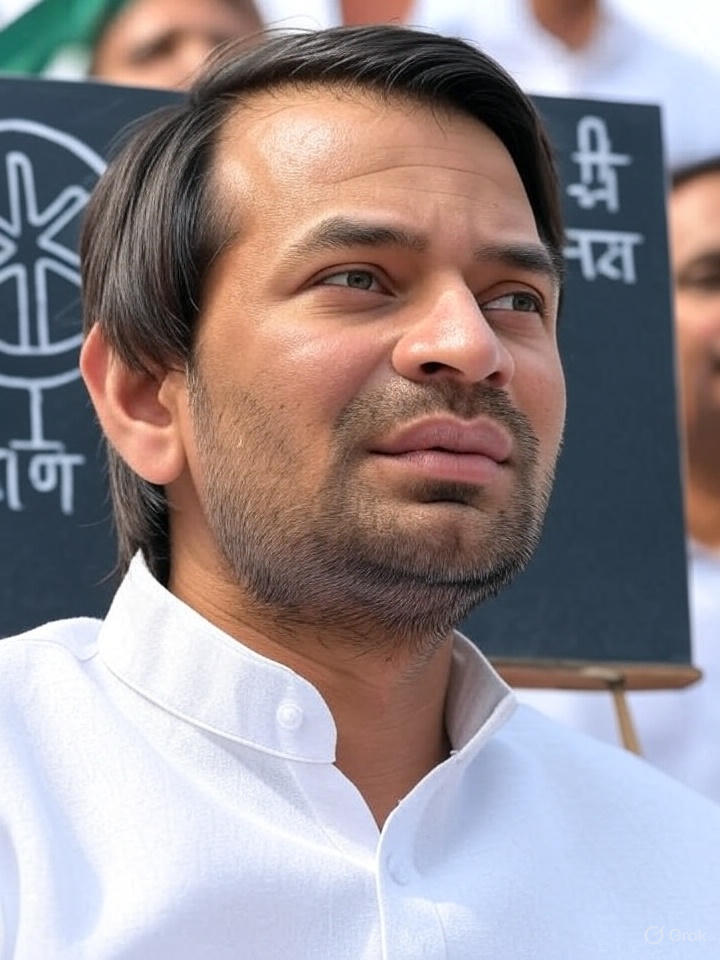
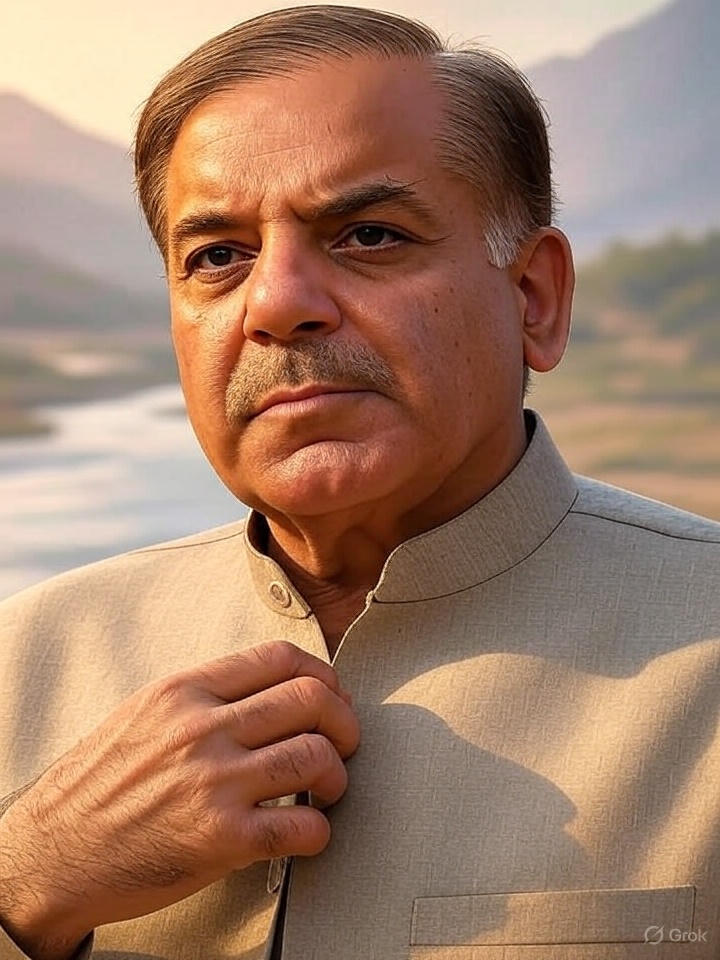
.jpeg)
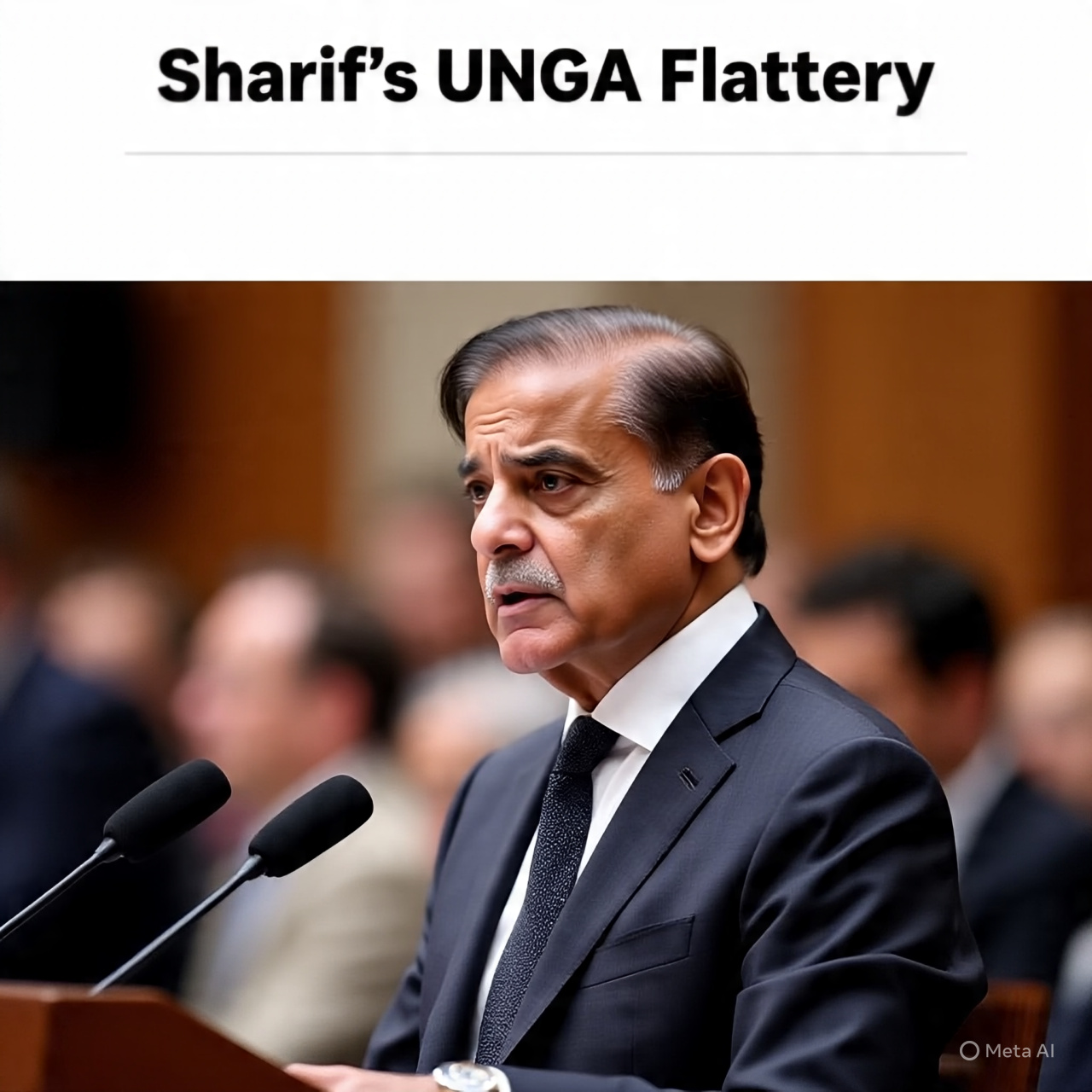
.jpeg)
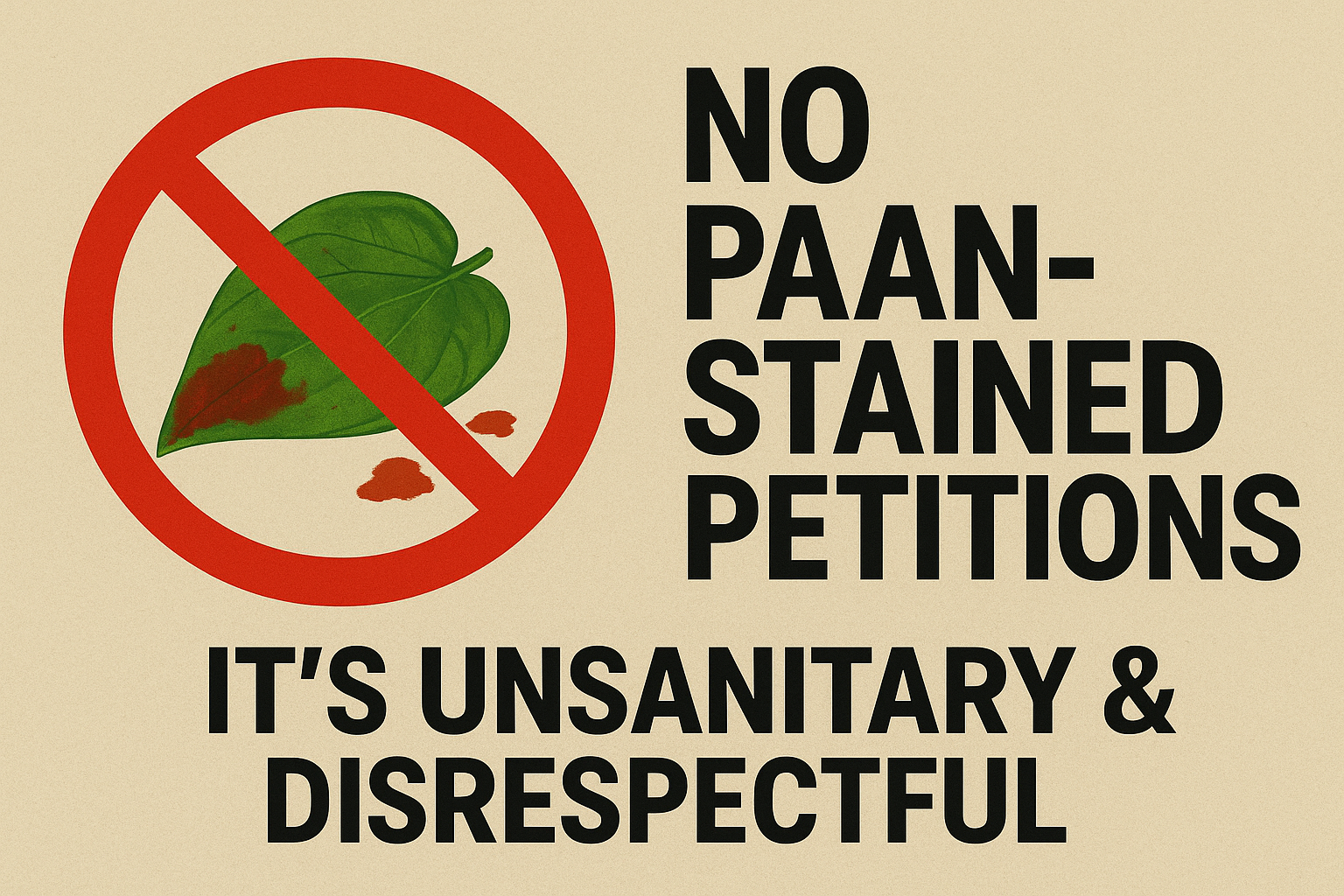

.jpeg)

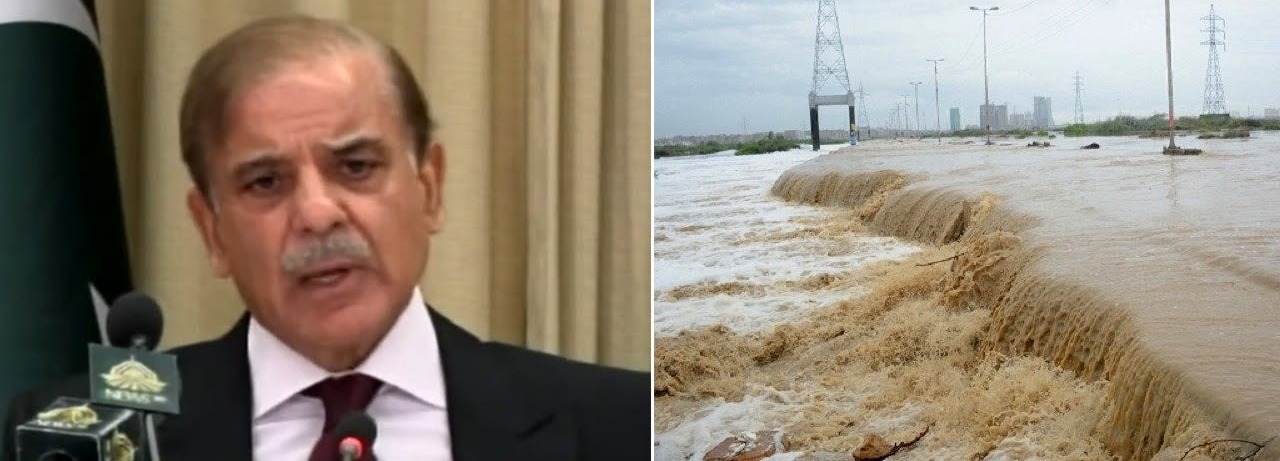
.jpeg)

.jpeg)